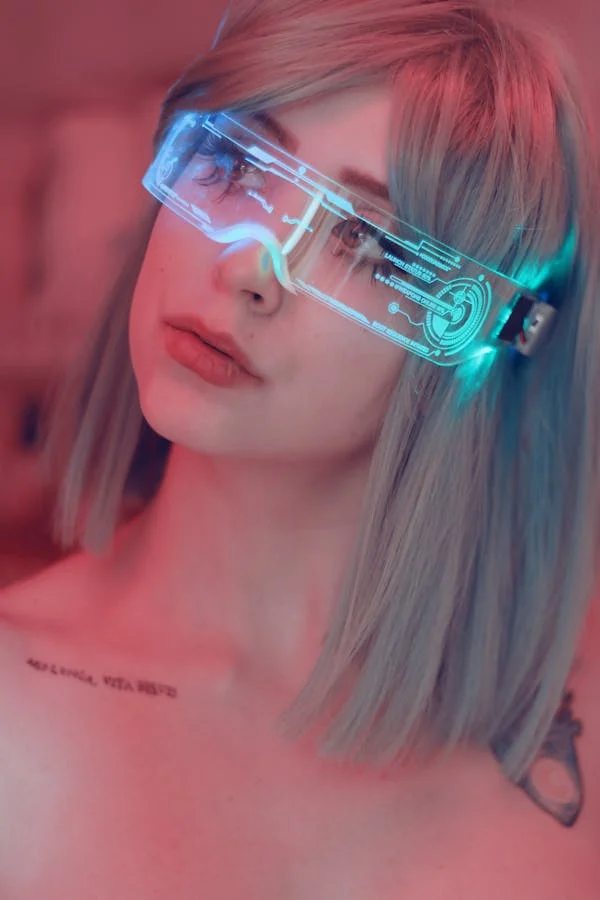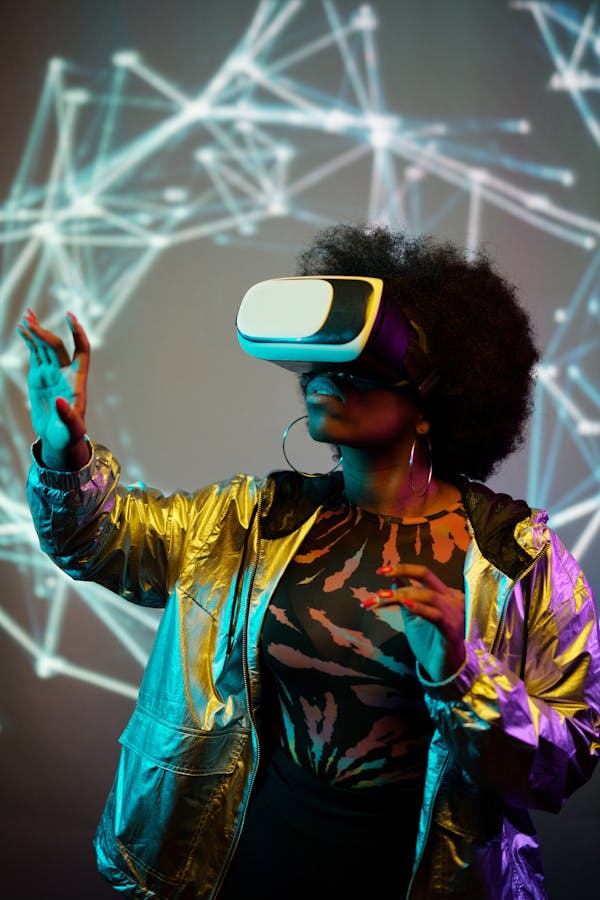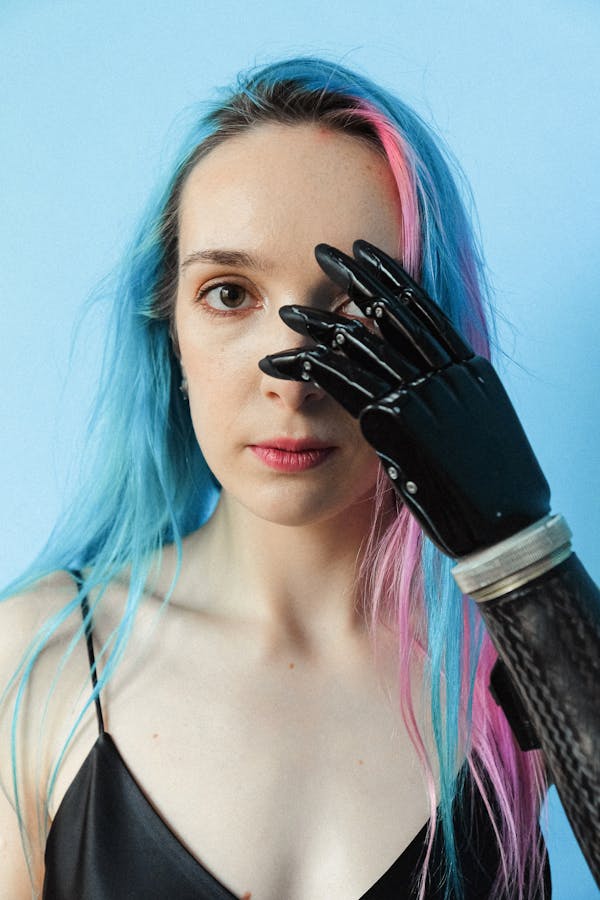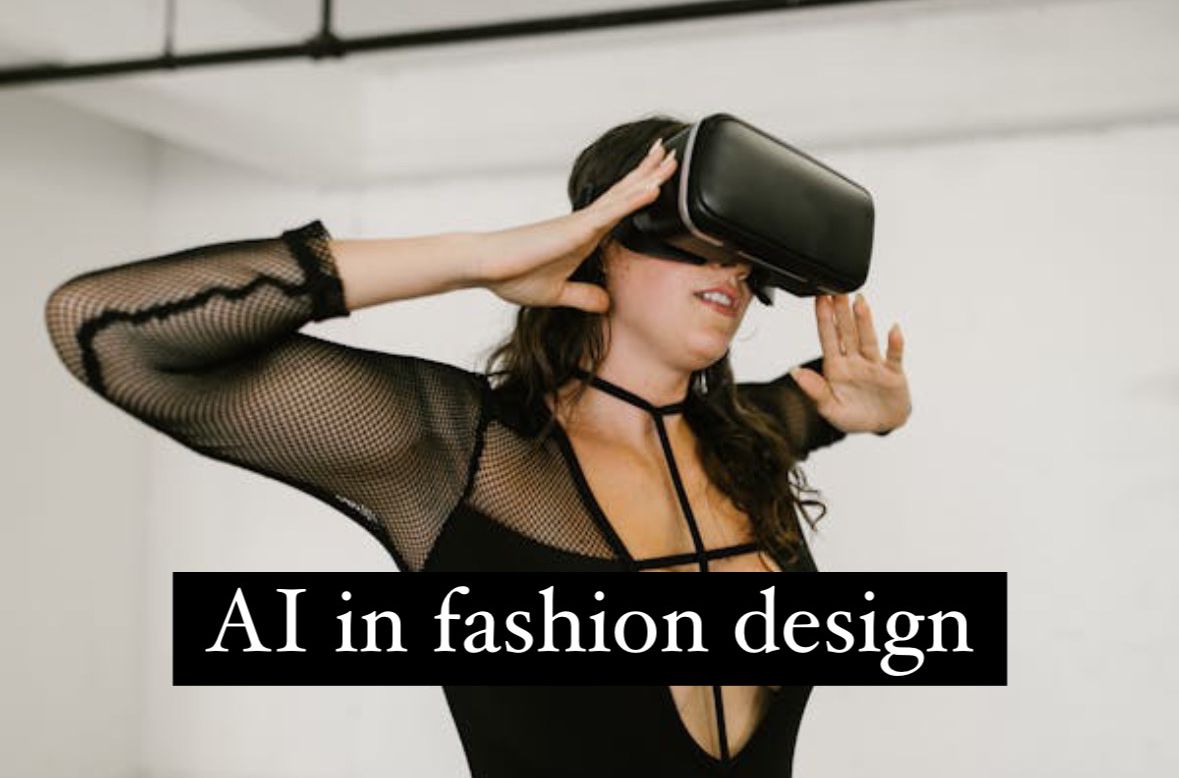Fashion is a place known for imagination, innovation, and fast movement. Artificial Intelligence or AI in fashion design , as one of the powerful innovations that have entered this industry within recent years, changes the interactions of designers, brands, and customers with each other in new and creative ways. From product ideas to supply chains, AI transformed fashion in many dimensions. It talks about different usages of AI in designing clothing and reveals the impacts on future visions of fashion.
The Emergence of AI in Fashion Design
The integration of AI into fashion design is the next step in an increasingly digital world. Consumer preferences are moving toward personalized, sustainable, and efficient fashion. AI offers tools that allow designers and brands to meet these demands. Machine learning, data analytics, and computer vision bridge the gap between creativity and practicality.
AI-Driven Design: Creativity Meets Technology-AI in fashion design
Most of the exciting ways AI can support fashion design comes from its assistance with the creative process. AI algorithms scan through and draw from vast repositories of data; this includes history designs, what is currently going on, consumer preferences, among others. A tool like GANs enables the creation of unique patterns and silhouettes of textures, inspiring designers.

For example, companies such as The Fabricant, an Amsterdam-based digital fashion house, apply AI in creating virtual collections of clothing. All these exist in the virtual realm and address a growing market demand for virtual clothing in gaming, social media, and the metaverse.
Personalization and Customization-AI in fashion design
Another amazing thing happening because of AI in fashion design. Contemporary customers prefer uniqueness and the use of AI makes luxury mass-produced; fashion can finally provide bespoke style at scale by analysis of consumers through body measures, purchase history, and favorite style. Adidas and Nike utilize the AI customising platform whereby they allow consumers to design unique shoes with diverse colors, prints, and textiles.
Moreover, AI-driven virtual try-on tools allow the consumer to view how clothes would look and fit before buying them. Such tools, provided by companies like Zeekit and Obsess, improve the experience of online shopping and reduce return rates for the benefit of consumers and retailers alike.
Trend and Demand Forecasting-AI in fashion design
AI is perfect for analyzing enormous data sets for emerging trends. It can be used to scan social media, fashion blogs, runway shows, and even streetwear to determine what’s on the horizon and what consumers want. This capability gives brands the opportunity to know ahead of the curve and develop collections that strike a chord in their target markets.
For instance, companies like Heuritech use AI to analyze millions of images and offer trend forecasts to luxury and ready-to-wear brands. Through this understanding, designers will make informed decisions to avoid producing collections that will not connect with the consumers.
Improving Sustainability

Sustainability has become a pressing concern in the fashion industry, and AI is playing a pivotal role in addressing this challenge. AI-powered tools optimize fabric usage, reduce waste, and streamline production processes. Companies like H&M and Levi’s are incorporating AI to identify sustainable materials and improve supply chain transparency.
It also helps the brands design their clothes with a circular economy in mind. From garment lifecycle data, AI will give recommendations for materials and construction techniques that help facilitate recycling and upcycling to make an industry more sustainable.
Automation of Repetitive Tasks-AI in fashion design
AI is revolutionizing the mundane aspects of fashion design. Creating patterns and grading are very time-consuming tasks, and they demand a high level of skill. AI tools CLO 3D and Browzwear bridge the gap by automating these processes, thereby allowing designers to focus more on the creative side of their work.
Moreover, AI has streamlined the sampling process by developing hyper-realistic 3D prototypes. This reduces the need for physical samples, saving time, resources, and costs. Brands can now bring their designs to market much faster and efficiently.
AI in Retail and Marketing-AI in fashion design
This ranges beyond the fashion studio: the future of selling and marketing style through AI-driven chatbots, virtual stylists, and recommendation engines can significantly boost customer satisfaction and loyalty. Take the case of Stitch Fix, an outfitting subscription that relies on algorithms to send consumers fashion boxes selected with both human judgment and artificial data analysis.
This, too, helps improve visual merchandising. Zara and ASOS retailers, for instance, use AI to analyze the behavior of their customers and change store layouts or the website interface so that the best-selling items are front and center. AI helps create dynamic pricing strategies, raising or lowering prices based on demand and inventory.

Challenges and Ethical Considerations-AI in fashion design
Although AI boasts many advantages, its integration with fashion design faces several challenges. One of the key concerns is losing human creativity through AI. Its critics argue that over-reliance on AI may result in homogenized designs and unoriginality as far as arts are concerned. To this end, several industry leaders view AI as augmenting human creativity rather than a replacement for human creativity.
Another challenge is data privacy. AI needs to rely on vast consumer data to work properly, which raises questions about how this information is collected, stored, and used. Brands must be transparent and comply with data protection regulations to build trust with their customers.
The Future of AI in Fashion Design-AI in fashion design
The fusion of AI and fashion design is at its infancy; however, it has the greatest potential. Its applications will evolve with the growing technology. Imagine that real-time design changes would be possible through AI during the fashion shows, giving designers an immediate response to what the audience expects.
It means that with the rise of the metaverse, AI-driven fashion will gain even more importance as virtual fashion shows, digital clothing collections, and avatar customization will all become the mainstream, spearheaded by AI.
Moreover, AI can democratize fashion. By lowering the barriers to entry, AI tools can empower emerging designers and small brands to compete with established players, fostering a more diverse and inclusive industry.
You may like- 8 Sustainable Fashion Trends: A Deep Dive into the Future of Ethical Style
Embrace the Chill: The ‘Cold Girl’ Makeup Trend
Customized Skincare: DNA-Based Beauty in 10 mins

Conclusion of AI in fashion design
Undoubtedly, AI is a game-changer for the fashion industry. Be it creativity, sustainability, or better customer experiences, AI provides ample opportunities to redefine fashion design. But along with these, there are some challenges that come in the way, such as data privacy and preservation of human artistry, when the industry welcomes this technology.
Striking the right balance, AI could become a strong ally for designers and brands, innovating in fashion while not losing its true essence. Going forward, collaboration between human creativity and artificial intelligence will shape the fashion world toward a more dynamic, sustainable, and inclusive future. THANK YOU AND KEEP LOVING!

1 thought on “AI in Fashion Design: Latest Trend of 2025”